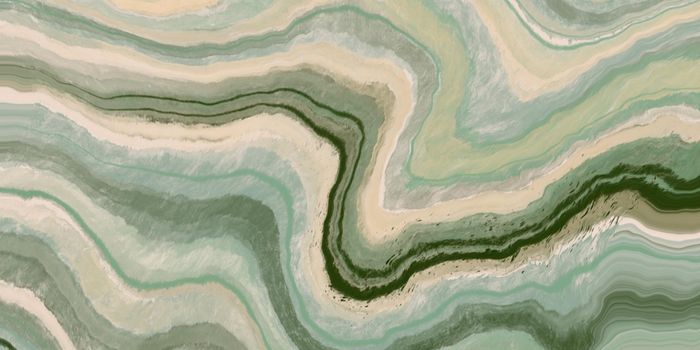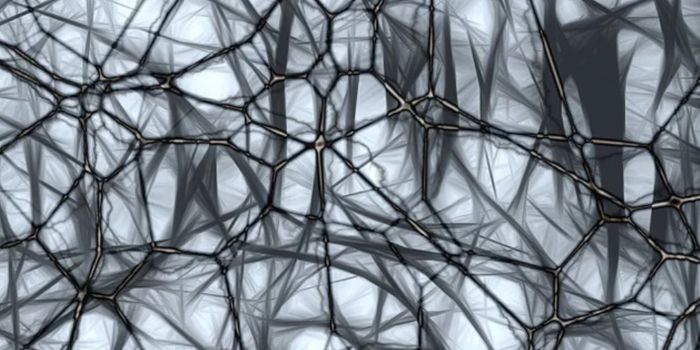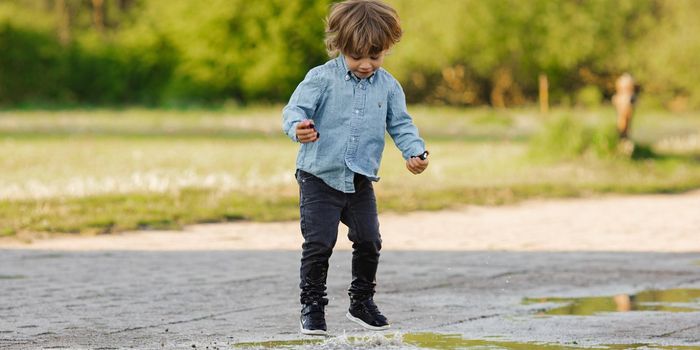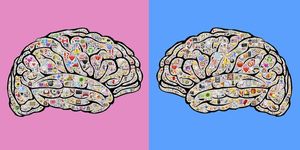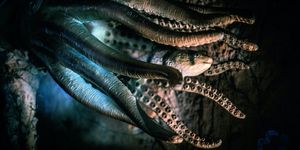Early Ancestor of Animals Can Group Together and Coordinate Their Movements
After observing unusual microorganisms that had been collected in Curaçao, researchers saw a strange thing; sheets of these unicellular organisms gathered together in a pattern though they normally move around on their own. The resulting sheet of microbes resembled a shallow cup, then they flipped into ball-shaped structures, and began to swim around. This is the first time coordinated movement has been seen in this type of organism, aquatic eukaryotes known as choanoflagellates. Choanoflagellates are considered to be one of the oldest and closest living relatives to animals and can provide insight into how animals evolved.
"It was fantastic," said Nicole King, a Howard Hughes Medical Institute Investigator at the University of California, Berkeley. King's team has reported the discovery of the new species, called Choanoeca flexa (C. flexa), in Science.
Choanoflagellates are not bacteria, and they are single-celled; they’re a type of protozoan. "You can find choanoflagellates in any kind of water around the world, pole to pole," King said. Each C. flexa has a flagellum - a threadlike appendage, which is surrounded by a collar of tiny structures that resemble hairs. Understanding how they coordinate may provide insight into how early forms of multicellular life were generated.
King and her team went into the field in 2018 in an effort to study microbes in new ways. They found many kinds of typical choanoflagellates in the waters around the island. In pools formed by water spraying from crashing waves and subjected to nearly constant winds, they found C. flexa.
After returning to the laboratory to observe them, researchers noted when they form into sheets, all their flagella point the same way. That also happens in epithelial cells, which compose many types of tissue in animals including skin. King suggested that these tissues were probably the first type to evolve in animals. With C. flexa, the sheets can curl into a ball, which can migrate as the outward-pointing flagella begin to move. They can also flip so that all the flagella point inwards. ”In this form, it's really good at catching bacteria," King said. Sponges are an ancient type of multicellular organism, and they feed using a similar structure.
The researchers were able to determine how and why the groups of C. flexa flip. The microbes eat bacteria, and from that food, they obtain a protein that senses light. The microorganisms can then respond to a light stimulus by flaring their collars so they have a cone shape, similar to muscle contractions in animals. After observing more choanoflagellates, the scientists found that some other types can do the same thing.
Since choanoflagellates are derived from a common ancestor, this response to a stimulus is probably "very old, shared in their common ancestor," said Patrick Keeling, an evolutionary microbiologist at the University of British Columbia.. Choanoflagellates are therefore a good tool for studying animal evolution. "They share the raw materials."
Sources: AAAS/Eurekalert! via Howard Hughes Medical Institute, Science


